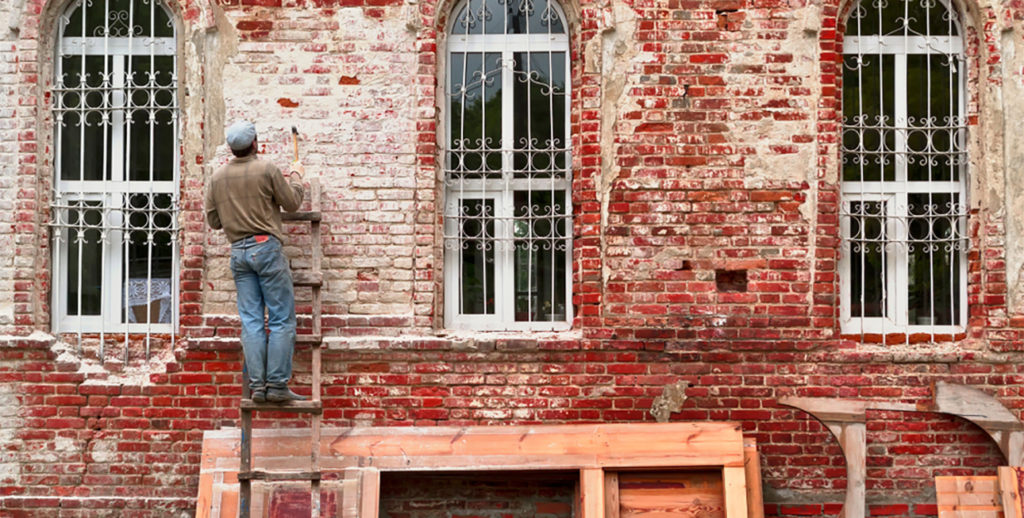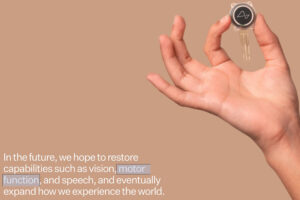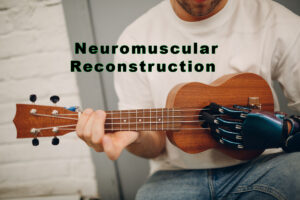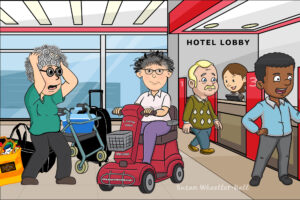Buildings have always served as a method to trace a community’s historical foundation. Architectural structure and design features are like footprints that mark the beliefs, resources, and financial climate of an era. Similar to flipping through the pages of a family photo album, our community buildings remind us of where we came from and how we progressed along the way to arrive where we are today. Maintaining our heritage, as a community is important, like family, it provides us with a sense of belonging and connection; it’s the very foundation of patriotism.
Heritage structures and artifacts from days gone by are tangible symbols; like landmarks that offer a point of reference along a journey. It’s in everyone’s best interest to learn from past society’s successes and failures. Museums worldwide exist to depict such relics and provide us cultural enrichment.
In reference to older buildings, it is a common practice for city representatives to declare certain structures as being heritage buildings based on their point of origin or when they were first erected. Once in receipt of this declaration, any restoration attempts must serve to preserve the richness of the era they represent. This would suggest any modernized design features and elements that came about beyond their point of origin would be excluded in the name of preserving a symbolic representation. As a result designated heritage buildings are not required to include in their restoration plans accessible retrofitting features such as ramps or larger doorways or washrooms, thereby excluding people with physical limitations.
There is an element of honesty to this ignorance because the exclusion of people with disabilities was an acceptable practice in past eras, and it is blatantly depicted in architectural designs. However, when designated heritage building restorations are completed it is interesting to note that modern safety and conveniences are included. Things such as electrical wiring, sewer systems, furnaces, air conditioning, fire alarms, telephone and internet lines, to name only a few, are intact. Given this contradicts the validity of true restoration, one can only conclude the practices of social exclusion are worthy of protection.
Designated heritage buildings should not be given a free pass to exclude community members. Clearly, preserving the footprints of our origins is important but not at the cost of dismantling our growth as a community.











